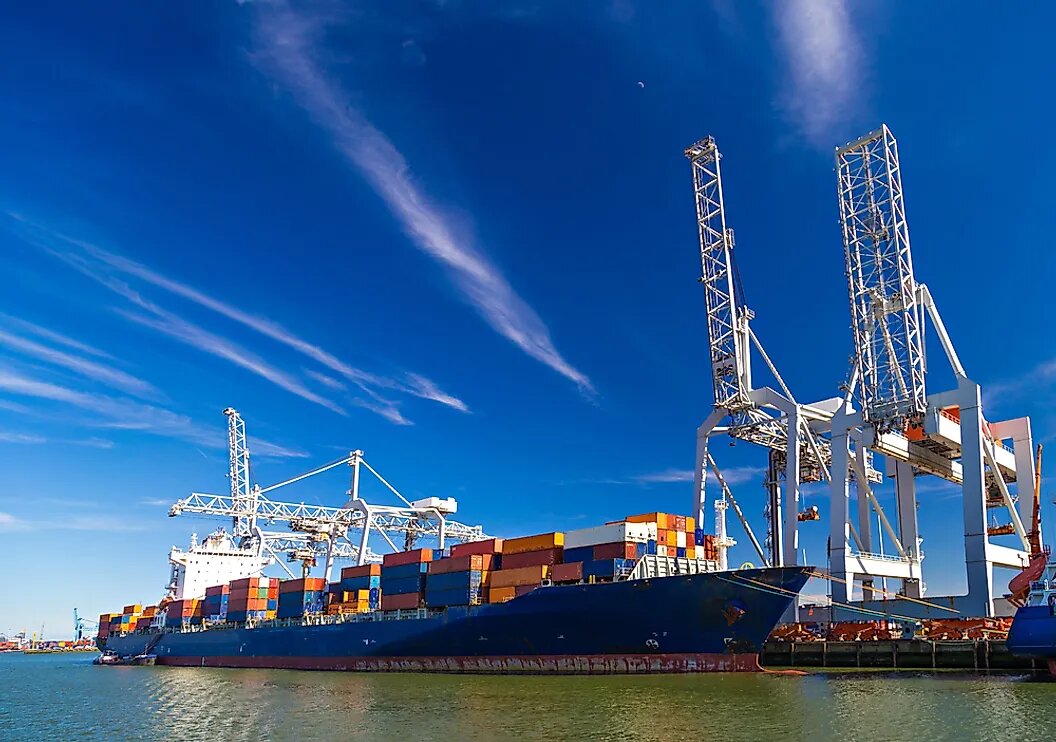Danish shipping giant A.P. Moller-Maersk (Maersk) is transforming its time-chartered fleet through a large-scale retrofit programme.
In a programme involving 50 different shipowners, the container line is in close collaboration with the owners, retrofitting around 200 vessels in its time-chartered fleet.
The main aim of the programme is to reduce the slot cost by improving fuel efficiency and cargo-carrying capacity leading to a decrease in both cost and greenhouse gas emissions with Maersk having set the target of a 35% absolute reduction in its scope 1 greenhouse gas emissions by 2030 compared to the 2022 baseline year.
“Our medium- and long-term chartered fleet makes up a significant proportion of our operations as well as of our total fuel consumption. By working closely with our partners, we aim to implement solutions that not only reduce emissions but also enhance the overall competitiveness of our fleet,” said Ahmed Hassan, head of asset strategy and strategic partnerships at Maersk.
In total, Maersk and time-charter partners have executed more than 1,500 individual projects across 200 vessels with 50 shipowners, and an additional 1,000 projects are in the process of execution scheduled to be finalised by 2027. The investment cost for these solutions is split between Maersk and the vessel owners.
Given the scale of the project, it spans very different vessels in terms of size and configurations, also meaning that the retrofit tools being used vary.
Of the around 200 vessels being retrofitted, a common and significant change to the vessel configuration is the replacement of the propeller or bulbous bow.
“Many of these ships were designed and constructed at a time when container vessels in general were sailing at faster speeds. To bring down fuel consumption, we have over the years introduced less compressed vessel schedules, but the propellers and bulbs optimized for faster speeds have been kept. There lies a big efficiency potential in replacing them,” noted Anda Cristescu, head of chartering and newbuilding at Maersk.
Other retrofit solutions such as auxiliary engine waste heat recovery systems allow steam production from auxiliary engine heat, reducing the reliance on fuel-oil-fired boilers. Similarly, the installation of shaft generator systems cuts down auxiliary engine usage, contributing to significant fuel savings.
Cargo-carrying capacity is also being enhanced through a range of structural and technical improvements: elevating the wheelhouse to improve line of sight and increase intake, raising the lashing bridges, strengthening the vessel’s deadweight capacity for deeper drafts, and upgrading both lashing systems and loading computer functionalities.





